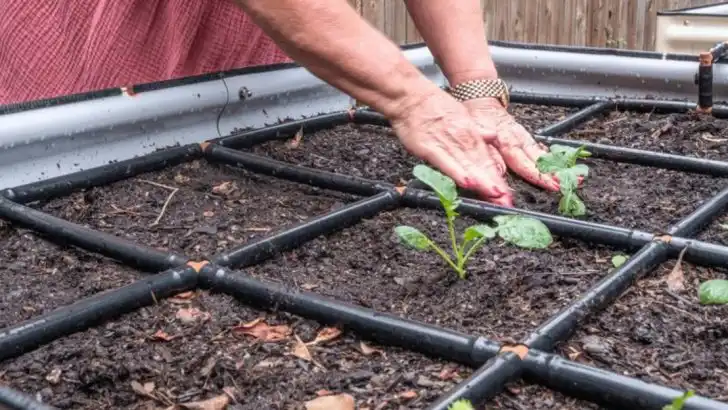By July, many gardeners find themselves staring at wilted plants, empty spaces, and harvests that never quite happened. What started as a hopeful spring project often turns into a frustrating midsummer flop — but it doesn’t have to.
In this article, we’ll break down 15 common reasons vegetable gardens tend to fail by midsummer, from avoidable planning mistakes to misunderstood plant needs and overlooked timing issues. More importantly, you’ll learn how to spot these pitfalls early — and how to fix them before they sabotage your entire season.
Because a thriving garden in July isn’t about luck — it’s about smart, timely choices.
Poor Soil Quality
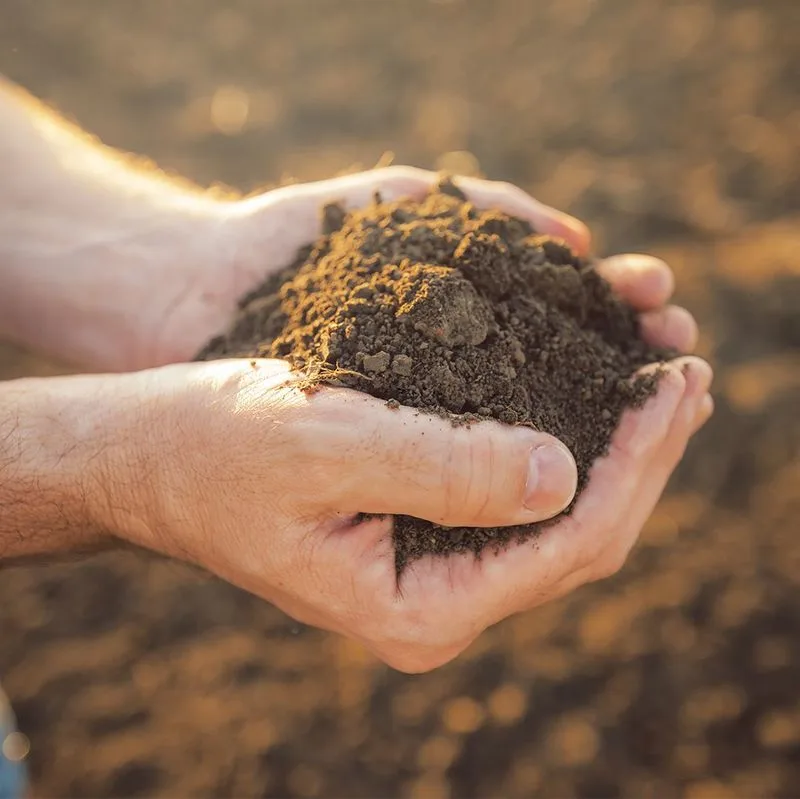
Soil is the foundation of any garden, and poor soil quality can doom your vegetables from the start. Nutrient-deficient soil fails to support healthy growth, leading to stunted plants. A simple soil test can reveal deficiencies in essential nutrients like nitrogen, phosphorus, and potassium.
Compacted soil, another common issue, restricts root growth and water absorption. Improving soil structure by adding organic matter, like compost or well-rotted manure, can make a significant difference. Mulching also helps retain moisture and protect the soil surface.
Regular soil maintenance ensures that your plants have the best possible environment to thrive.
Overwatering or Underwatering
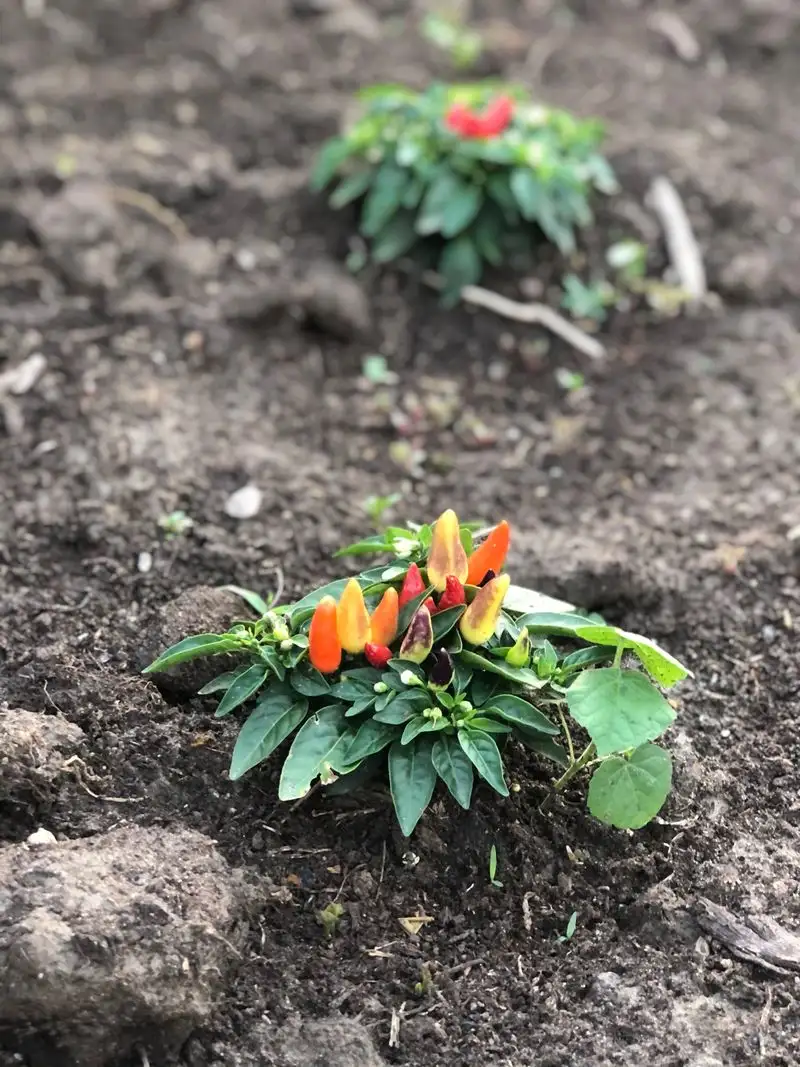
Water management is key to healthy vegetable gardens, yet it’s often mishandled. Overwatering can drown plant roots, depriving them of essential oxygen. The signs include yellowing leaves and root rot. On the flip side, underwatering leaves plants dehydrated, leading to wilting and slow growth.
Understanding the specific water needs of different plants helps maintain the right balance. Using a moisture meter can take the guesswork out of watering.
Proper irrigation techniques, such as drip irrigation, can provide consistent moisture without excess water. Timing also matters: watering in the early morning reduces evaporation.
Lack of Sunlight

Sunlight is the lifeblood of photosynthesis, yet many gardens fall short on this vital resource. Placing gardens in areas with inadequate sunlight stunts plant growth and diminishes harvest yields. Most vegetables require at least six to eight hours of direct sunlight daily.
To maximize sunlight exposure, consider the garden’s orientation and potential shade from buildings or trees. Using reflective surfaces can help bounce more light onto the plants.
Regularly reassessing the garden’s position and trimming nearby foliage ensure that your plants receive the sunlight they need to flourish.
Pests and Disease
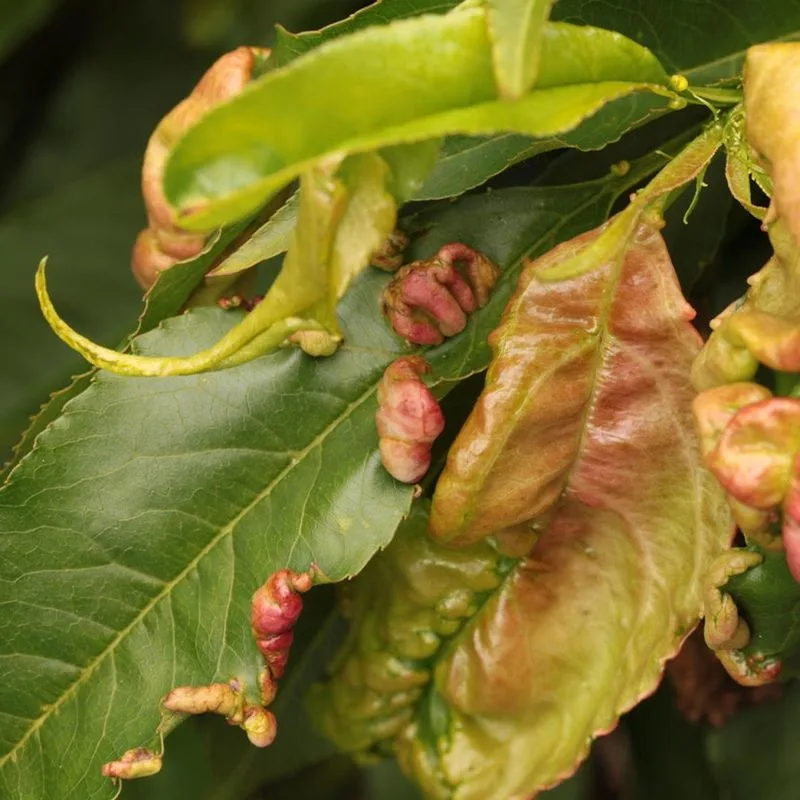
Pests and diseases pose a constant threat to healthy gardens. Insects like aphids and caterpillars feast on leaves, while diseases such as blight and mildew weaken plants. Early detection is crucial in managing these threats effectively.
Practicing crop rotation and companion planting can deter pests naturally. Using organic pest control methods, such as neem oil or insecticidal soap, can also minimize damage without harming beneficial insects.
Regular inspections and prompt action can prevent minor issues from escalating into full-blown infestations or outbreaks, preserving your garden’s vitality.
Improper Plant Spacing

Proper plant spacing is crucial for healthy growth, yet often overlooked. Crowded plants compete for nutrients, light, and water, leading to underdeveloped vegetables and increased susceptibility to disease.
Following spacing guidelines for each plant variety helps ensure adequate room for root expansion and air circulation. Thinning seedlings early on can prevent future overcrowding.
Strategic layout planning can make the most of available space while keeping plants healthy. Consider vertical gardening techniques for sprawling plants like cucumbers or squash, allowing more room for other vegetables.
Inadequate Fertilization
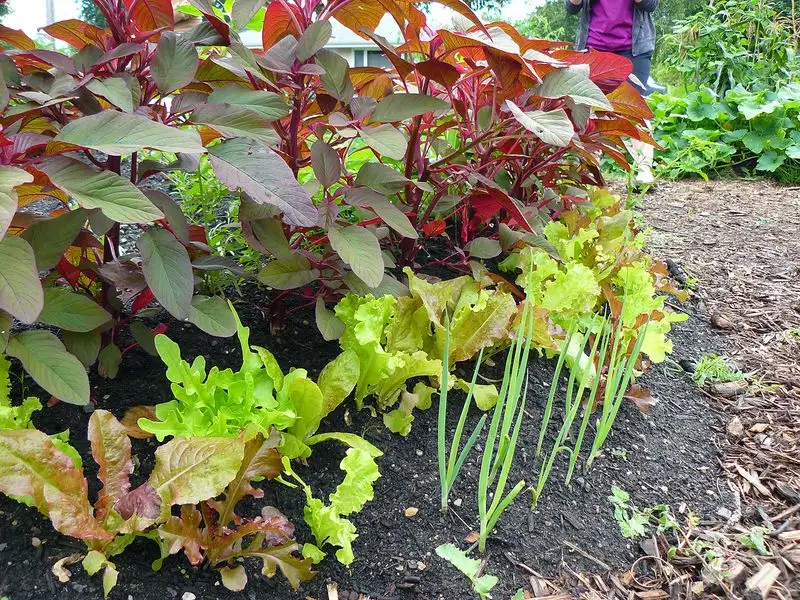
Fertilization provides essential nutrients that soil alone may not supply. Neglecting this critical task can result in nutrient deficiencies and weak plants. Yellowing leaves or poor fruit development often signal a need for added nutrients.
Understanding the specific needs of your vegetables is key. A balanced fertilizer tailored to your plants’ requirements ensures robust growth. Organic options, like compost tea or fish emulsion, offer natural alternatives.
Regular feeding schedules, combined with monitoring plant health, help maintain nutrient-rich soil, promoting a thriving garden.
Weed Infestation
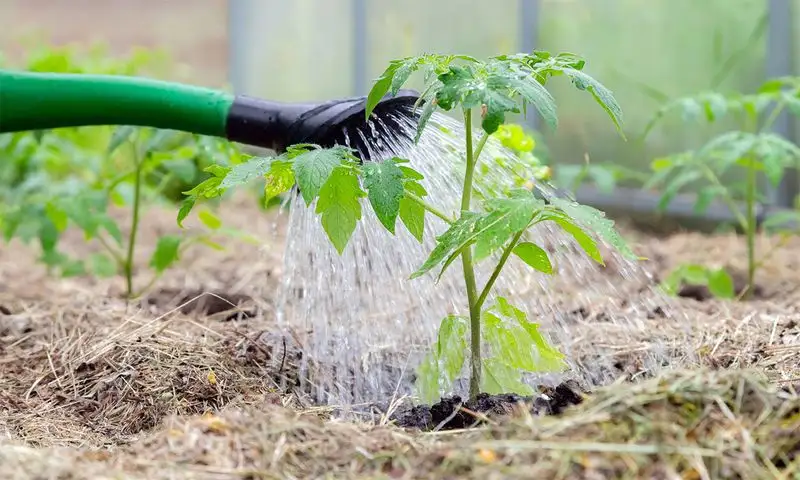
Weeds not only compete for resources but also provide shelter for pests and disease. Left unchecked, they can quickly overwhelm a garden, choking out desired plants and reducing yields.
Regular weeding, especially after rain when the soil is soft, helps keep these intruders at bay. Mulching can also suppress weed growth by blocking sunlight and retaining moisture.
Using landscape fabric or ground covers further prevents weed establishment. Staying vigilant and proactive is essential to maintain a healthy, productive garden.
Wrong Planting Times
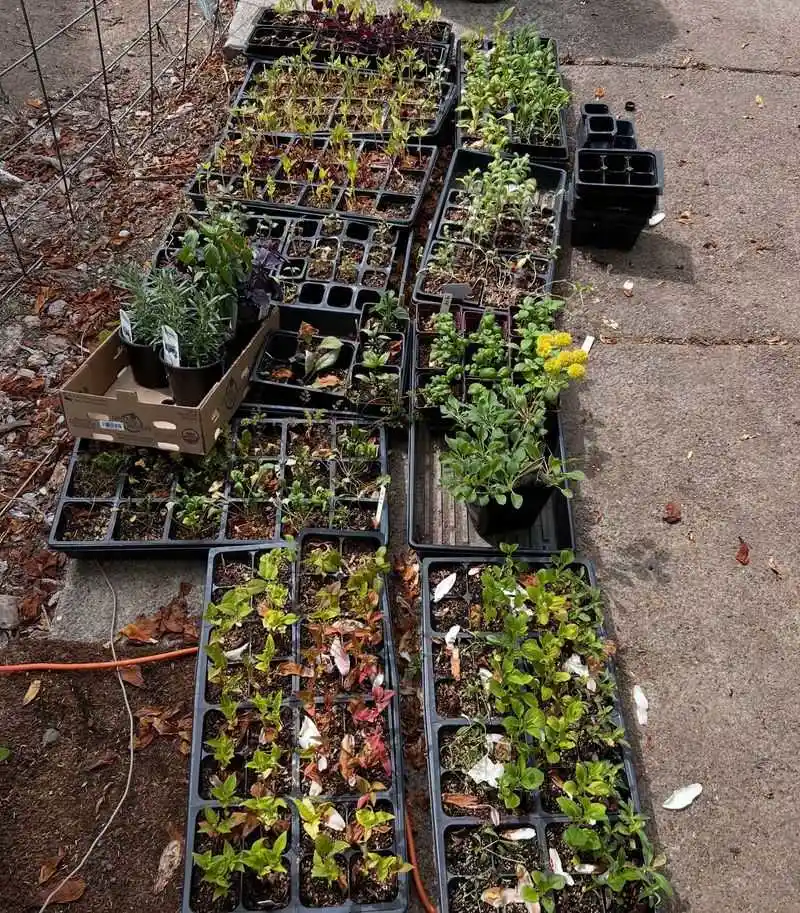
Timing is everything in gardening, and planting at the wrong time can spell disaster. Various vegetables have specific growing seasons, and planting them outside these windows can lead to poor growth or failure to fruit.
Consulting a local planting calendar helps align sowing times with your region’s climate. Early frosts or unexpected heatwaves can be mitigated by using cloches or shade cloths.
Understanding seasonal patterns and planning accordingly ensures your garden thrives throughout the year, maximizing harvest success.
Neglecting Crop Rotation
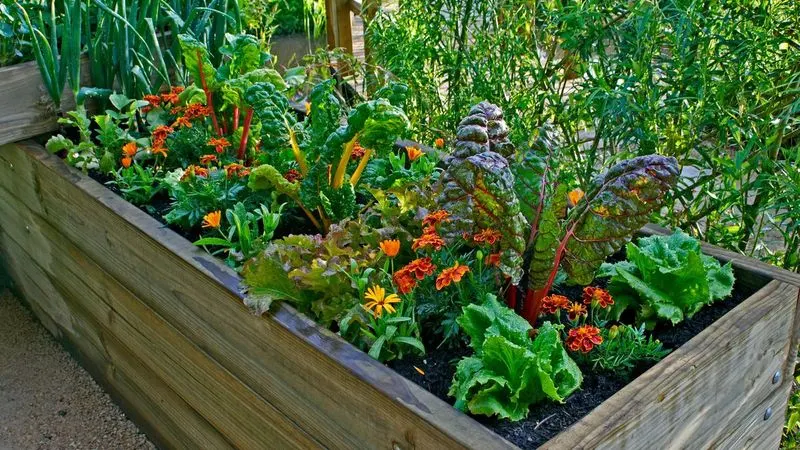
Crop rotation is a sustainable practice that rejuvenates soil and prevents disease buildup. Sticking to the same planting pattern exhausts nutrients and leads to pest and disease proliferation.
Rotating crops yearly disrupts pest life cycles and improves soil health by varying nutrient demands. Different plant families require diverse nutrients, balancing soil composition.
This strategic approach fosters resilience against common issues, enhancing overall garden productivity and longevity.
Ignoring Local Climate
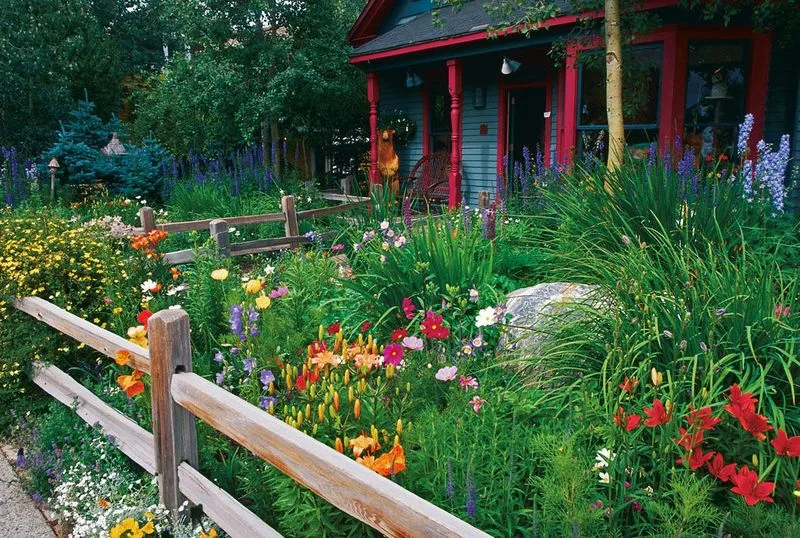
Gardening success hinges on understanding and adapting to local climate conditions. Ignoring these factors when selecting plant varieties or implementing care routines can doom a garden from the start.
Researching climate-appropriate plants ensures they can withstand local weather extremes. Using climate-specific practices, like water conservation or frost protection, further aligns the garden with its environment.
Adapting to local climate nuances enhances the resilience and productivity of a garden, ensuring a bountiful harvest.
Lack of Pollinators

Pollinators are crucial for many vegetables, yet their absence leads to disappointing yields. Flowers may bloom beautifully, but without bees, butterflies, or other pollinators, fruit development suffers.
Attracting pollinators can be as simple as planting nectar-rich flowers alongside vegetables. Avoiding pesticides that harm these beneficial creatures is equally important.
Creating a welcoming habitat for pollinators boosts garden productivity, turning blossoms into bountiful harvests.
Failure to Prune
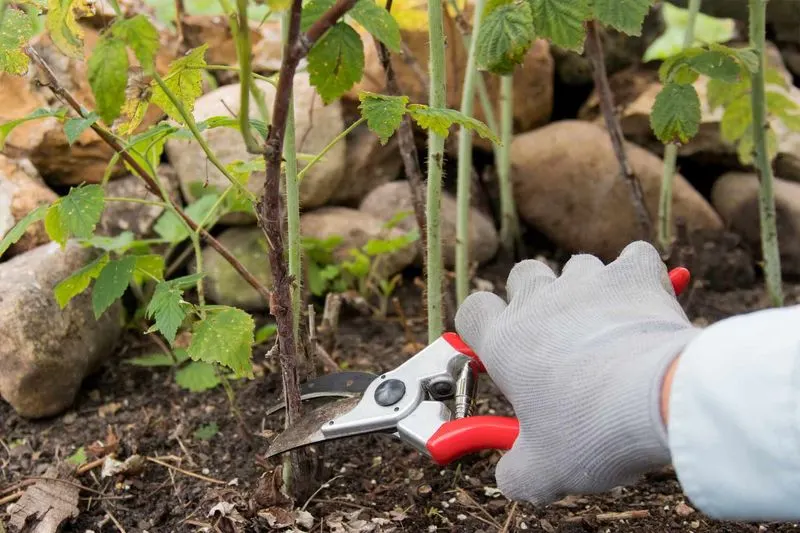
Pruning is an art that shapes plant growth and encourages fruit production. Neglecting this task leads to overgrown plants with diminished yields. Excess foliage competes with fruit for nutrients and sunlight.
Regular pruning improves air circulation, reducing the risk of disease. For instance, removing sucker shoots from tomato plants directs energy into fruit development.
Learning proper pruning techniques tailored to each vegetable can significantly enhance garden productivity and health.
Improper Mulching
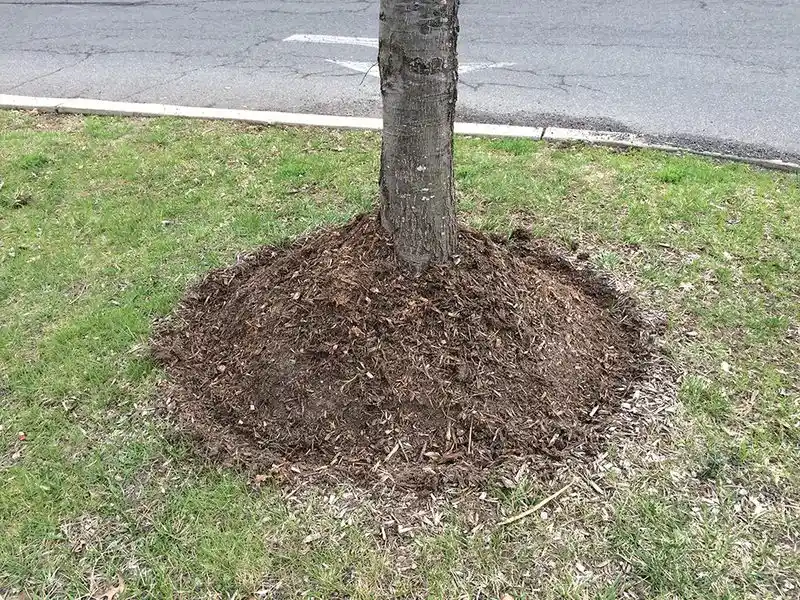
Mulching is a double-edged sword. Done correctly, it conserves moisture and suppresses weeds; done poorly, it invites rot and pests. Using too much mulch suffocates roots and harbors harmful insects.
Selecting the right mulch type, such as straw or wood chips, and applying it correctly ensures benefits without downsides. Keeping mulch away from plant stems prevents rot.
Consistent mulching practices create a balanced environment, enhancing the garden’s overall health and productivity.
Neglected Garden Maintenance
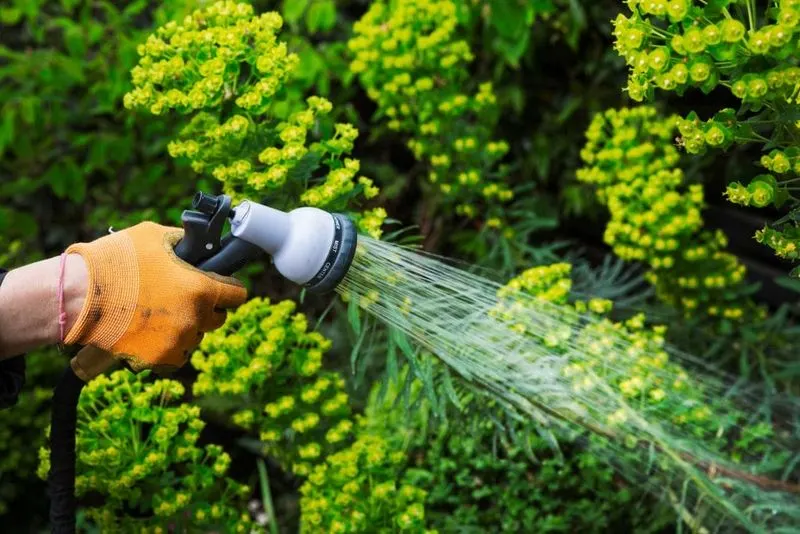
A thriving garden demands regular upkeep. Neglecting routine tasks like watering, weeding, and harvesting can lead to a cascade of problems.
Consistent attention keeps issues like pest infestations or nutrient deficiencies from spiraling out of control. Maintaining garden tools and structures also plays a role in efficient care.
Building a simple maintenance schedule can transform a chaotic space into a productive oasis, ensuring sustained success throughout the growing season.
Overloading Varieties
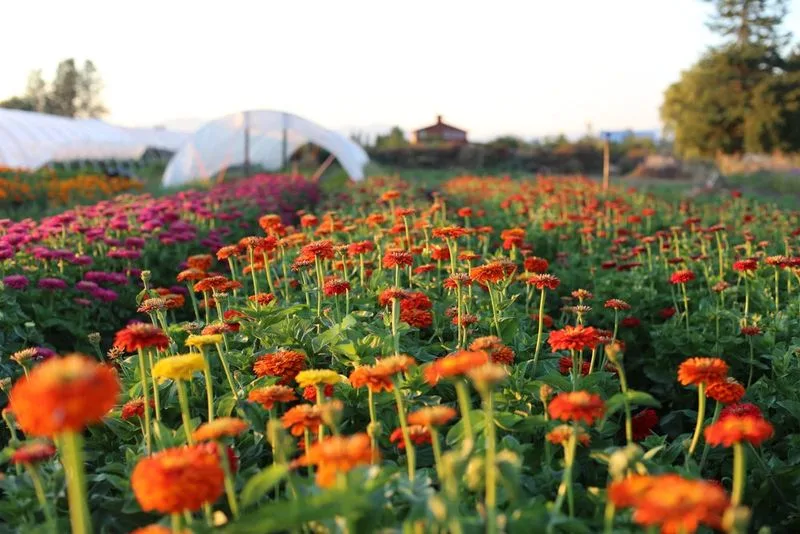
Enthusiasm for diverse plant varieties can lead to overcrowding, where plants compete for resources and attention. A sprawling assortment often results in neglect and underperformance.
Focusing on a select few vegetables suited to your space and expertise can streamline care and maximize yields. Researching compatible plant combinations also enhances growth.
Balancing ambition with practicality ensures a manageable and rewarding garden experience, fostering success for both novice and seasoned gardeners.

